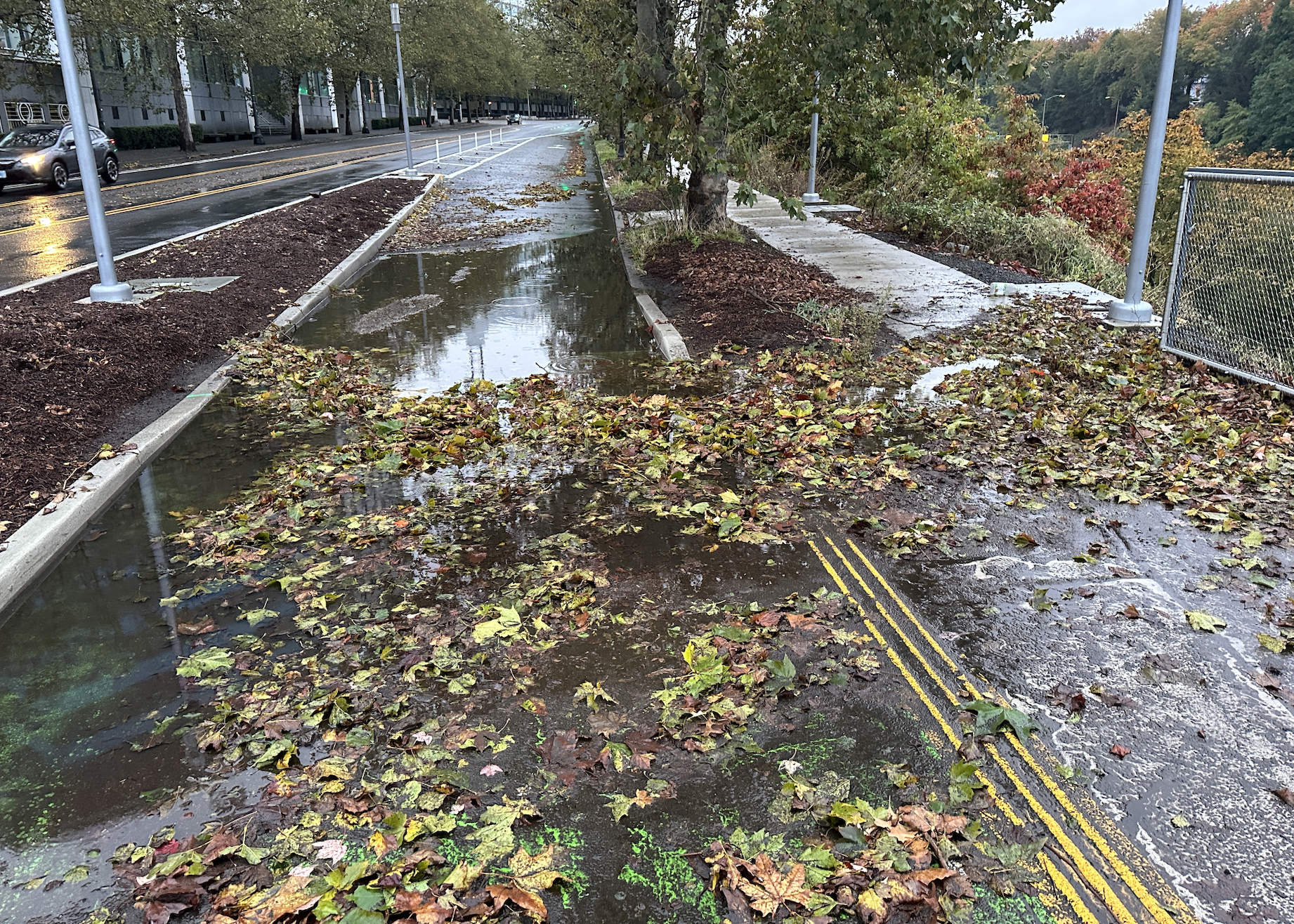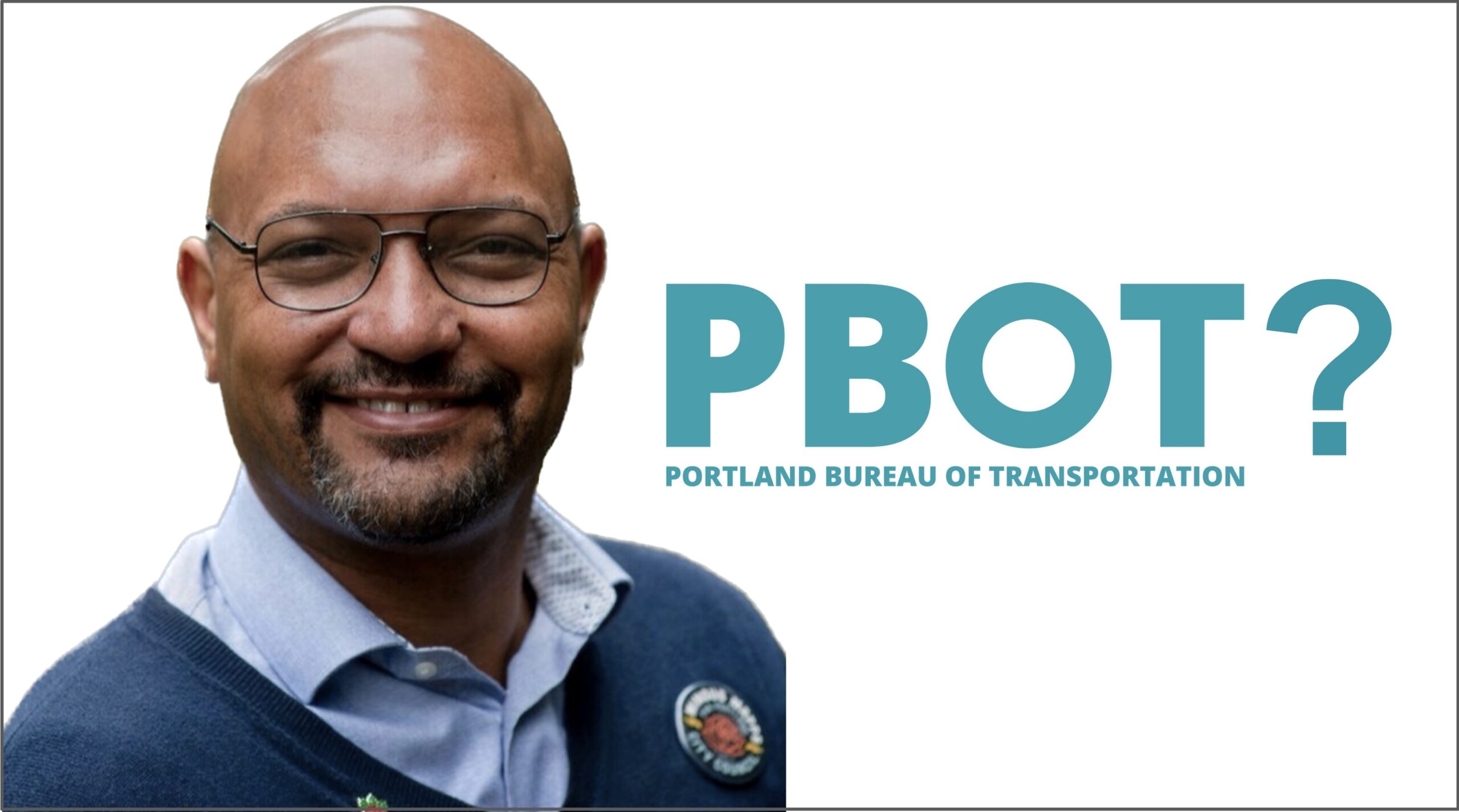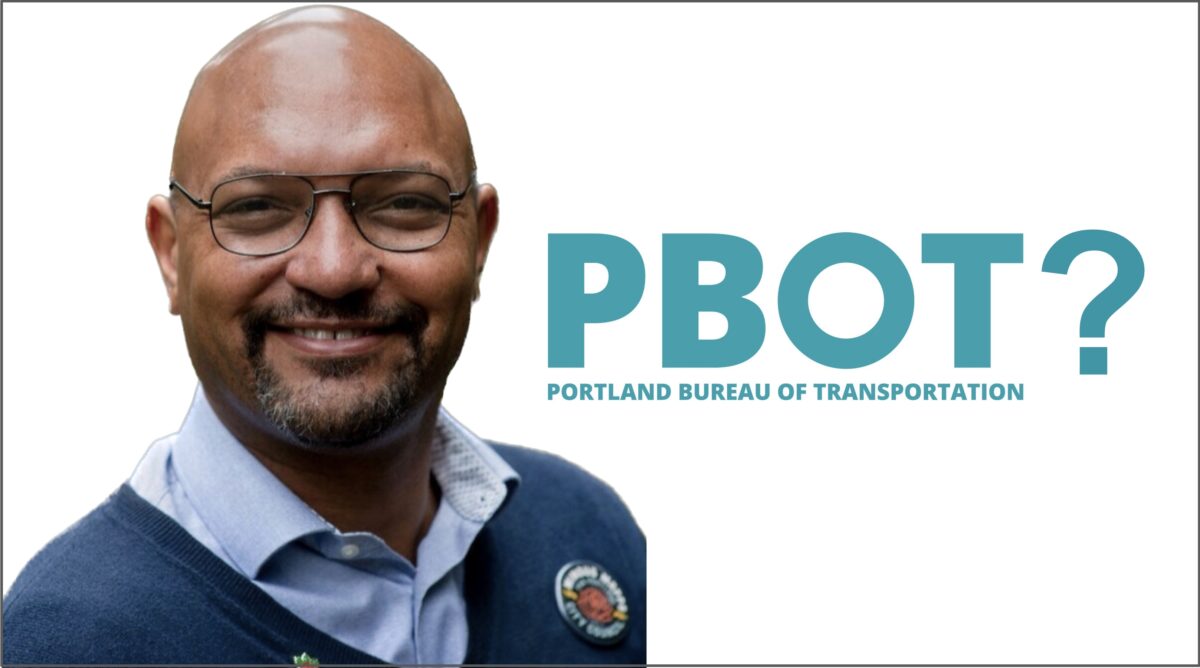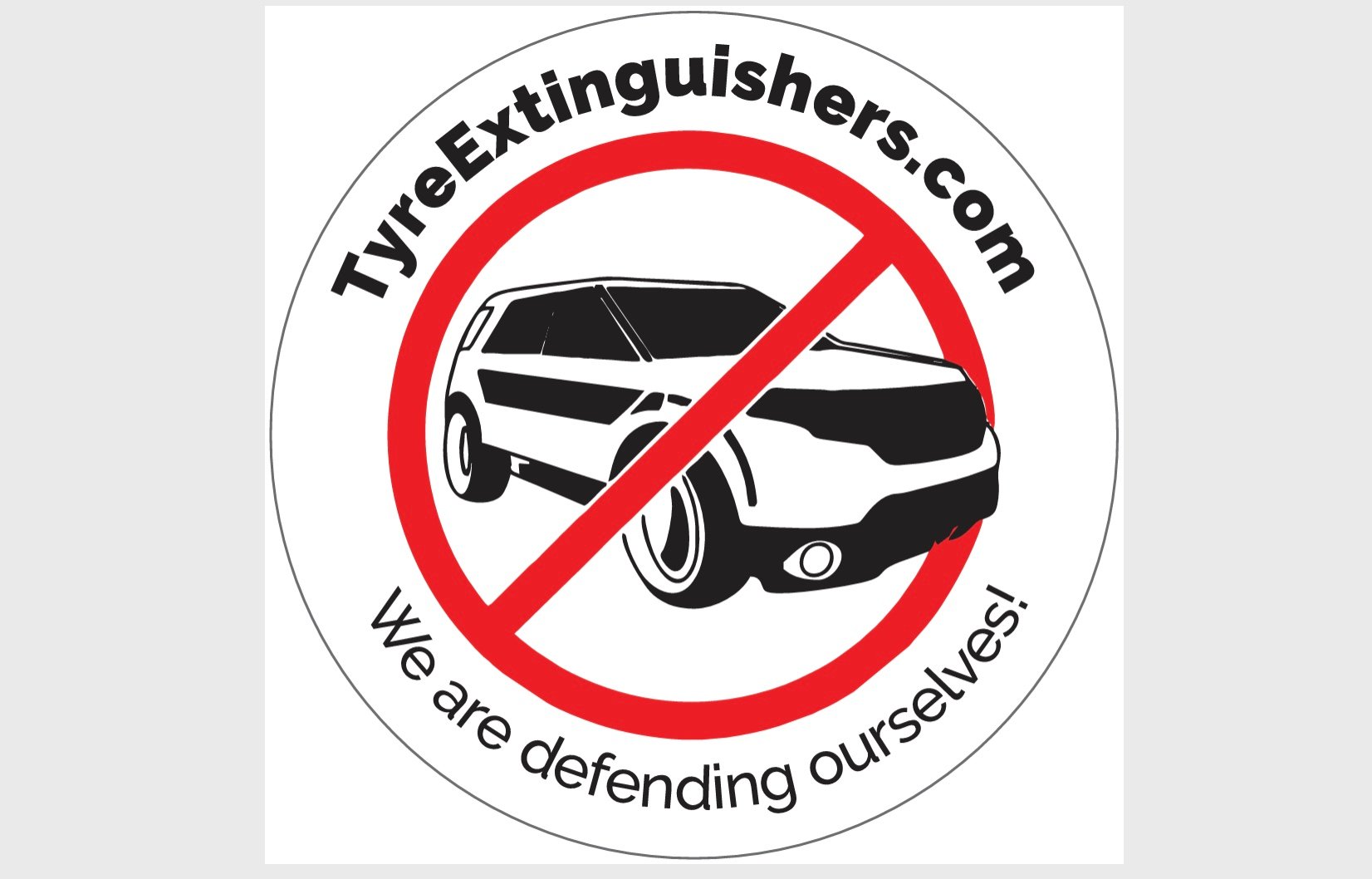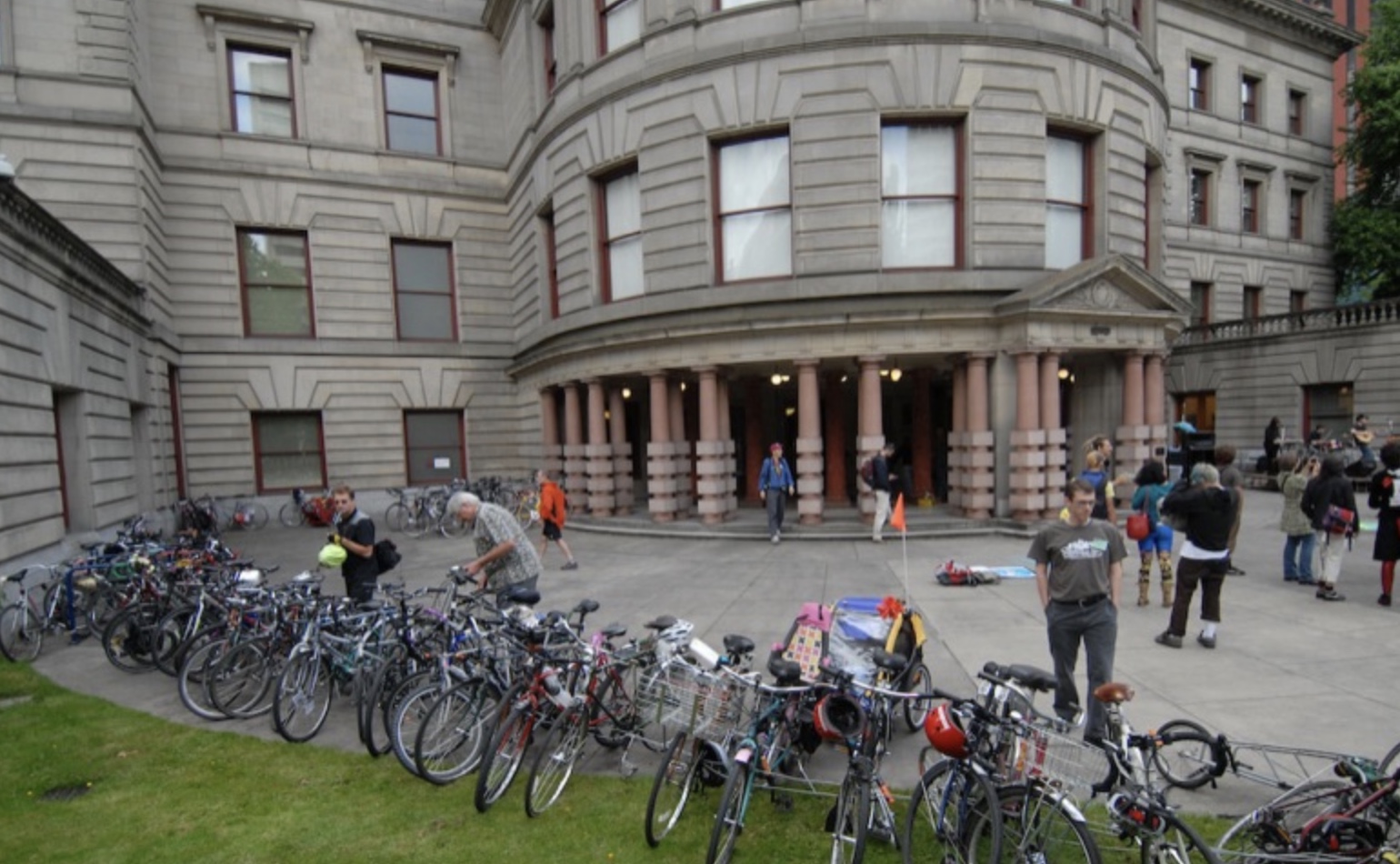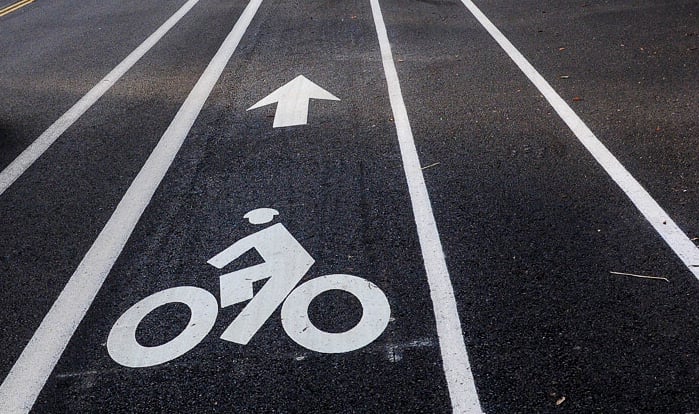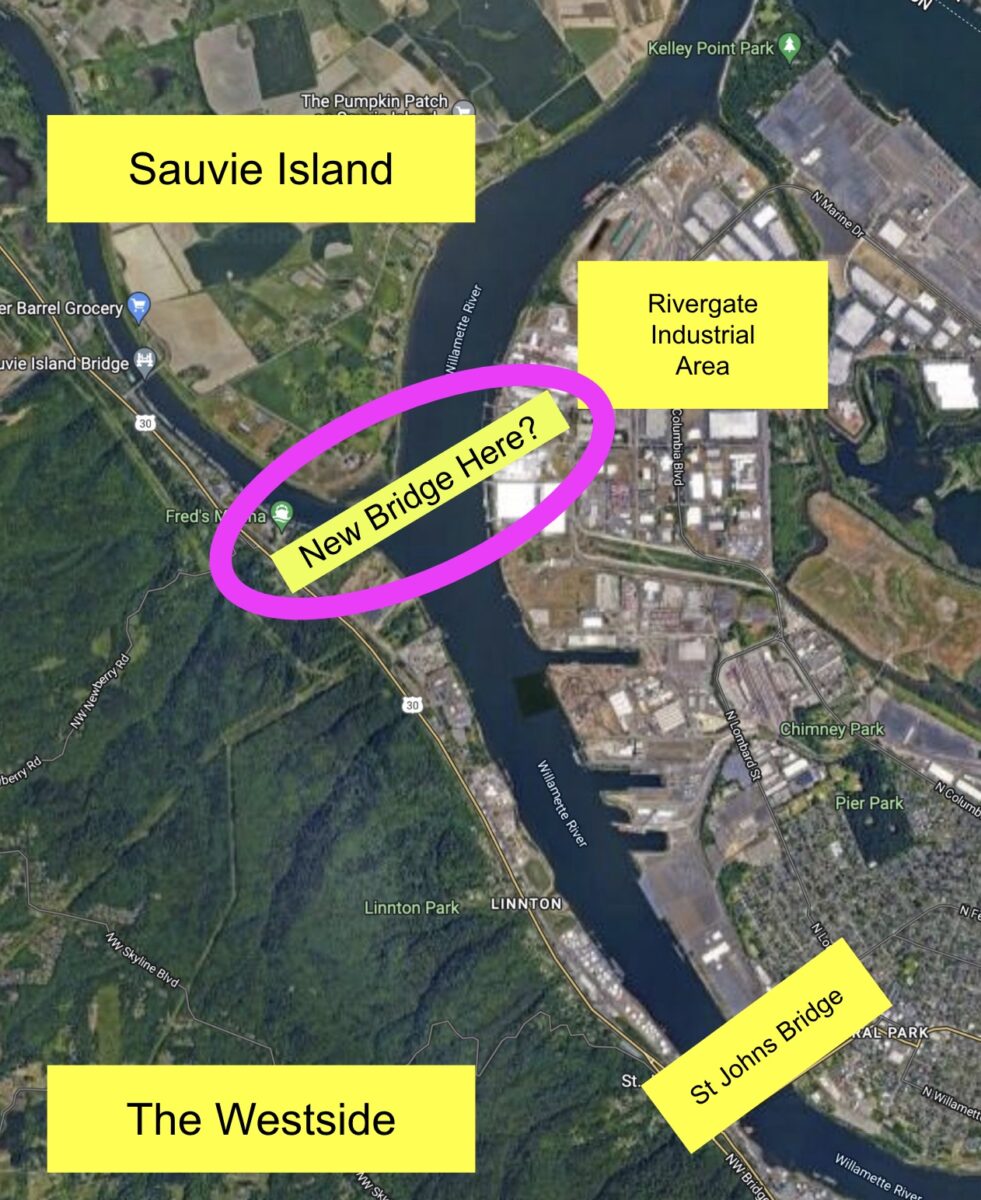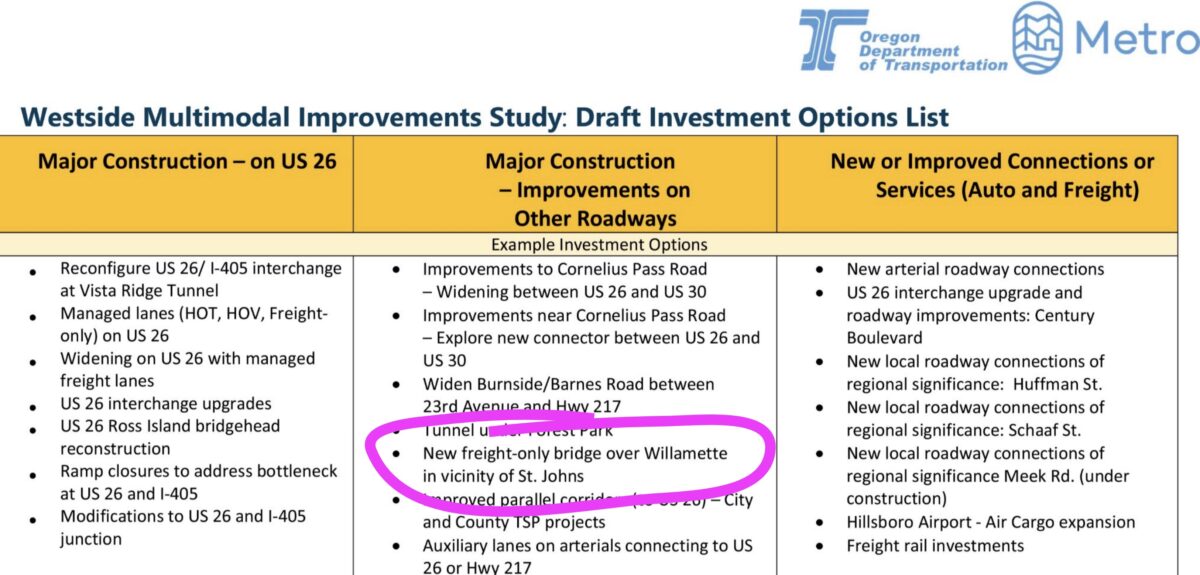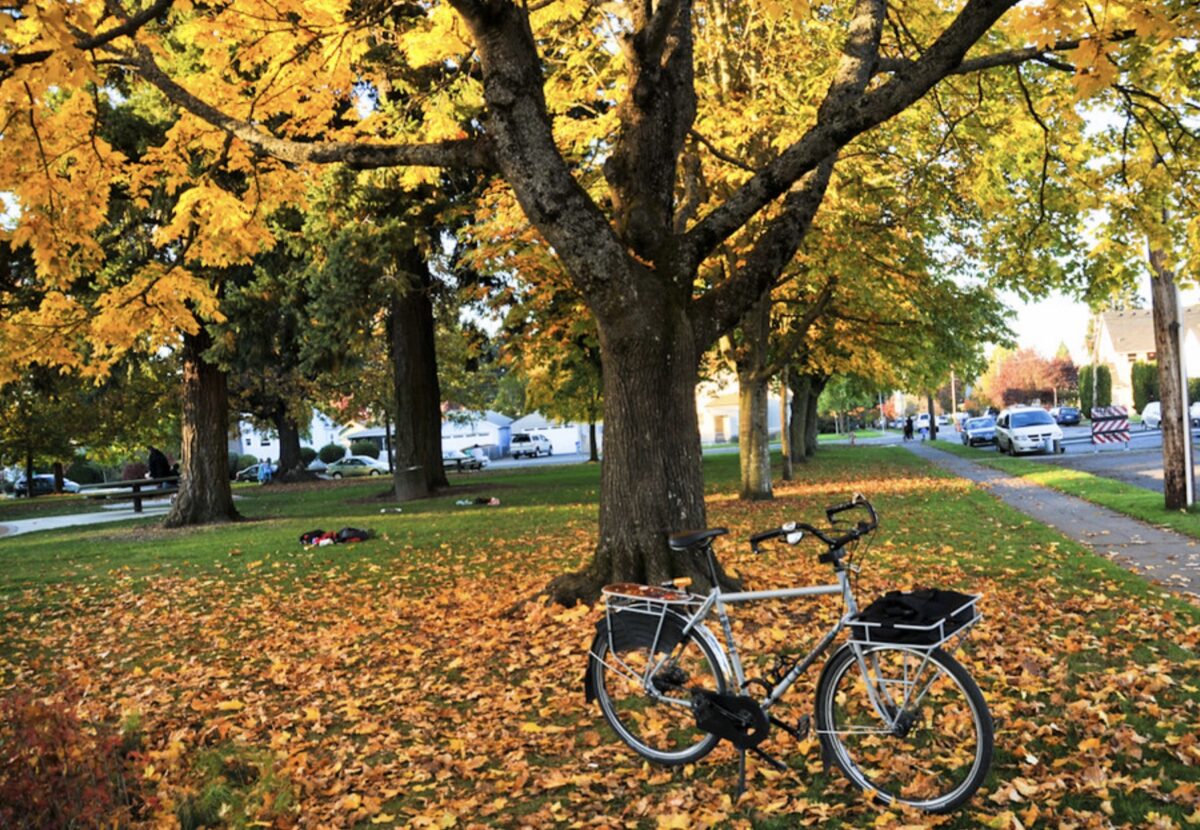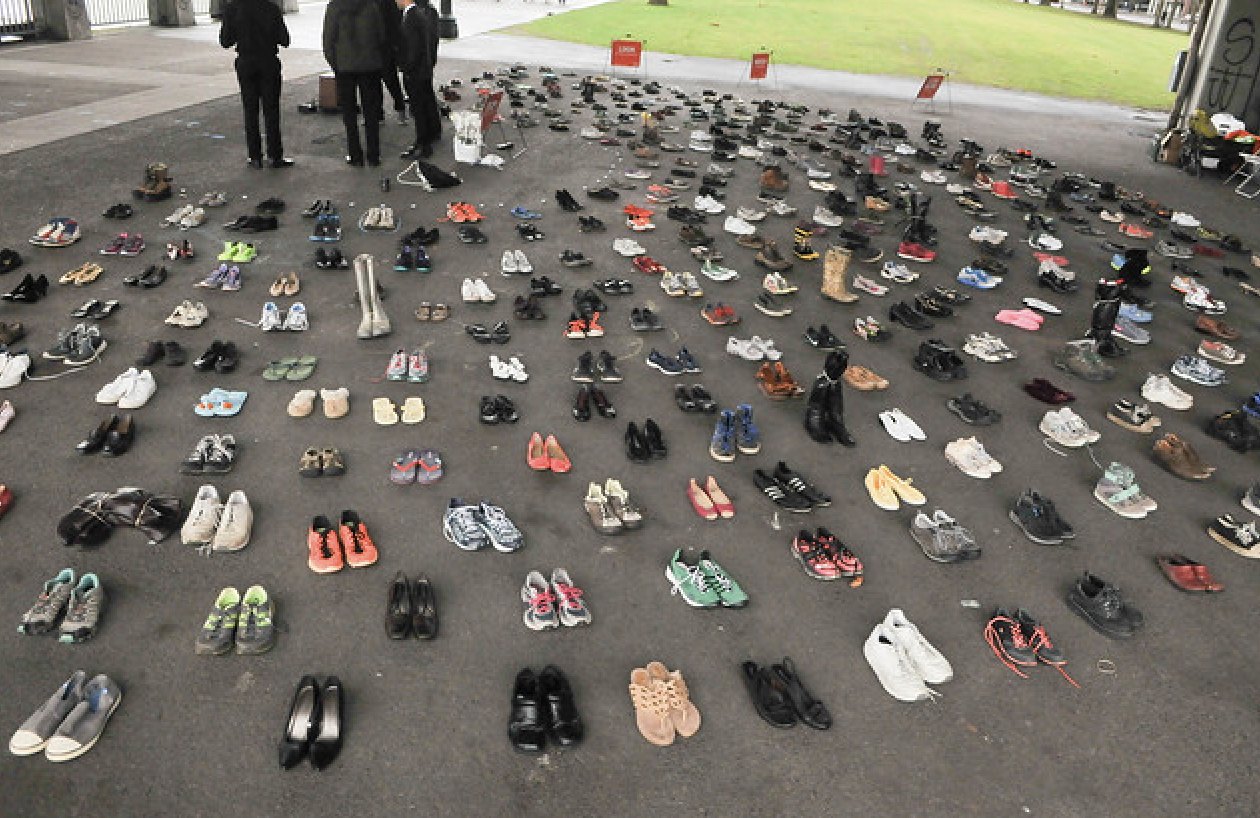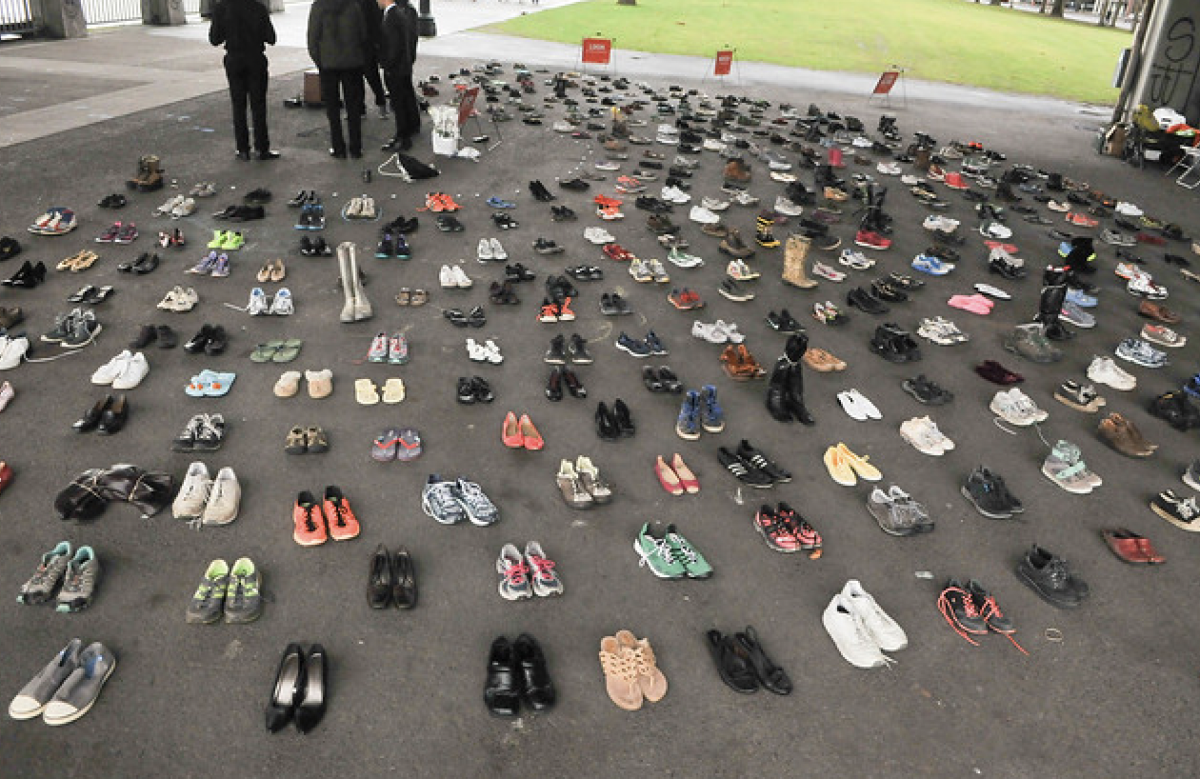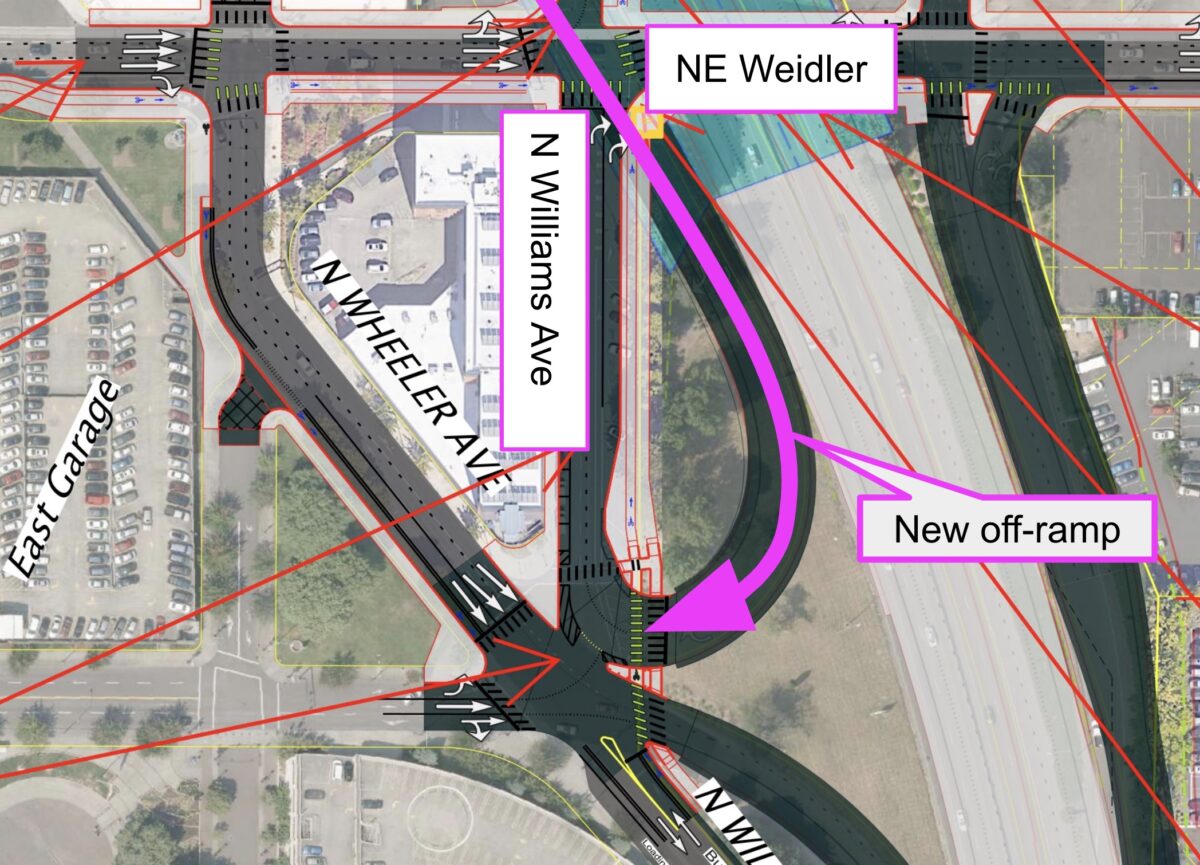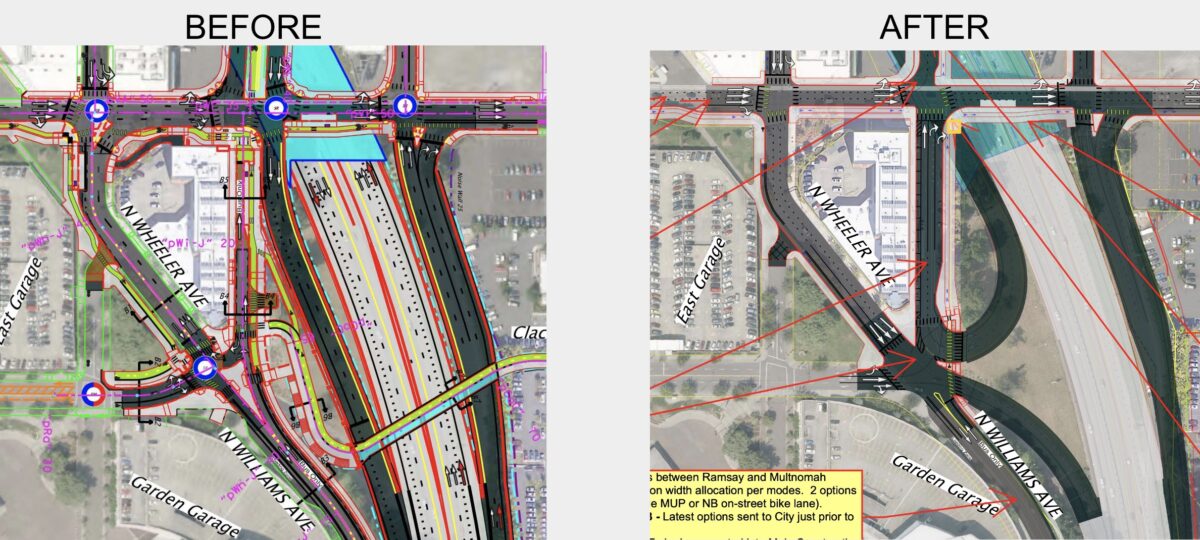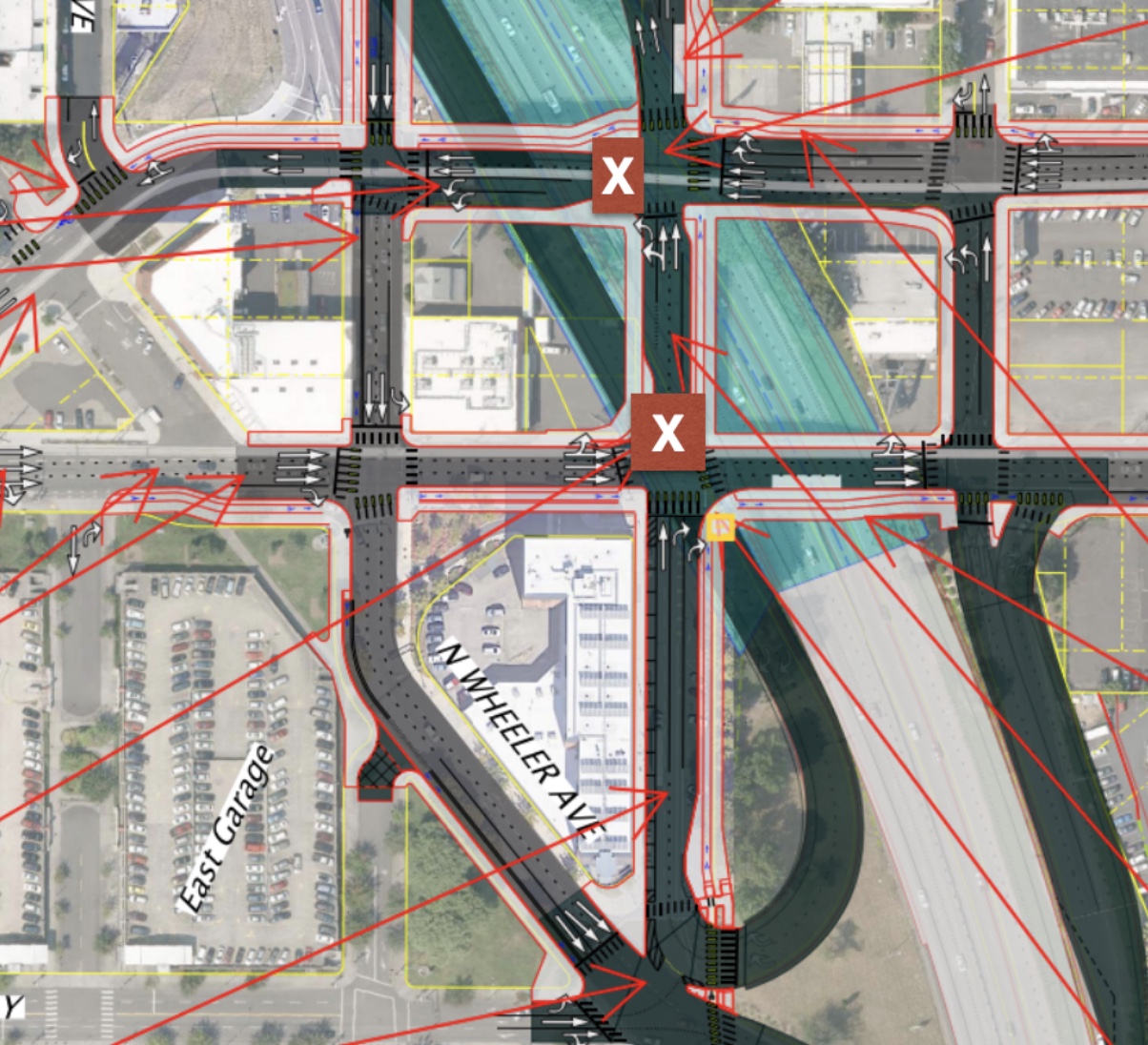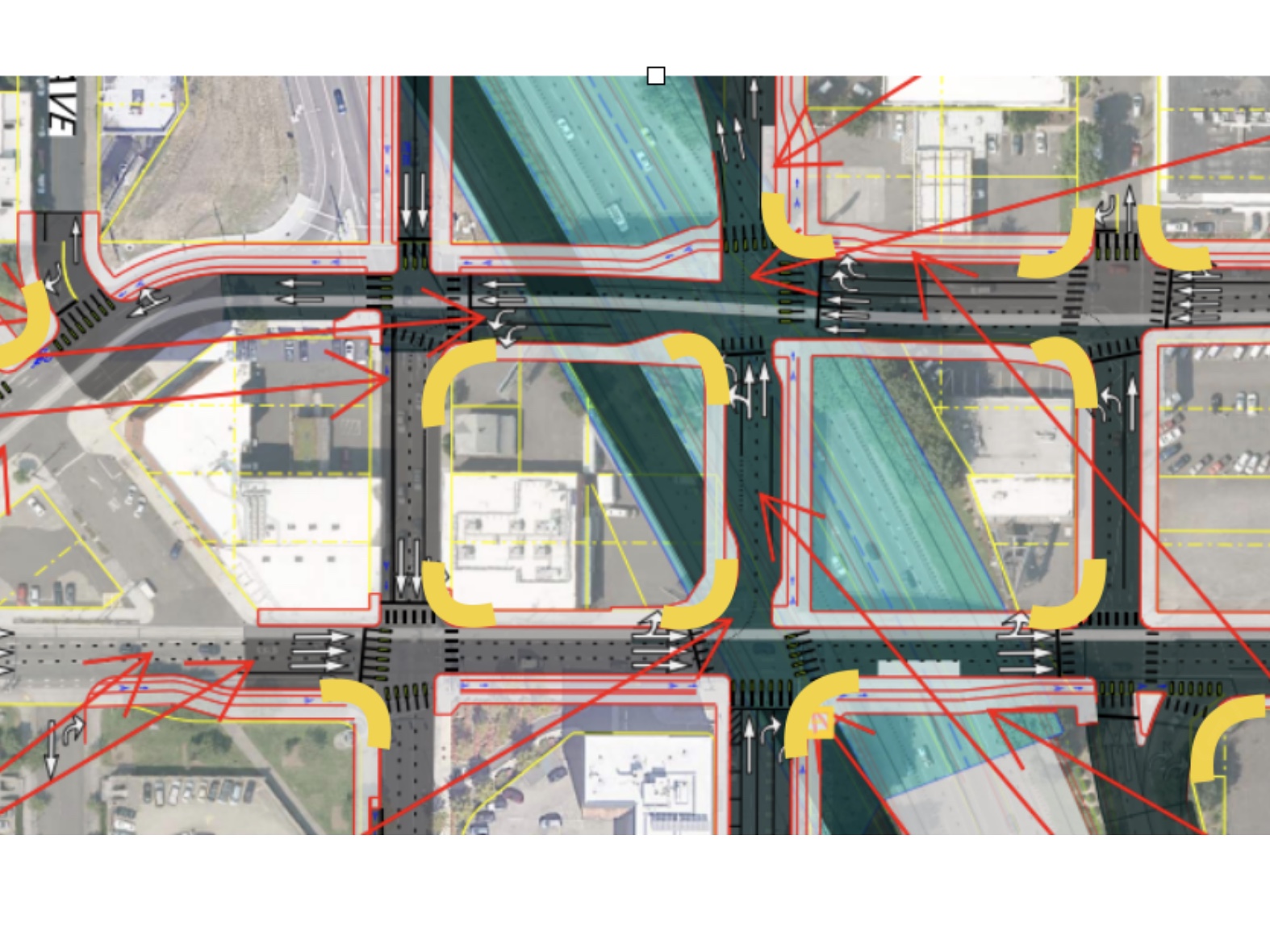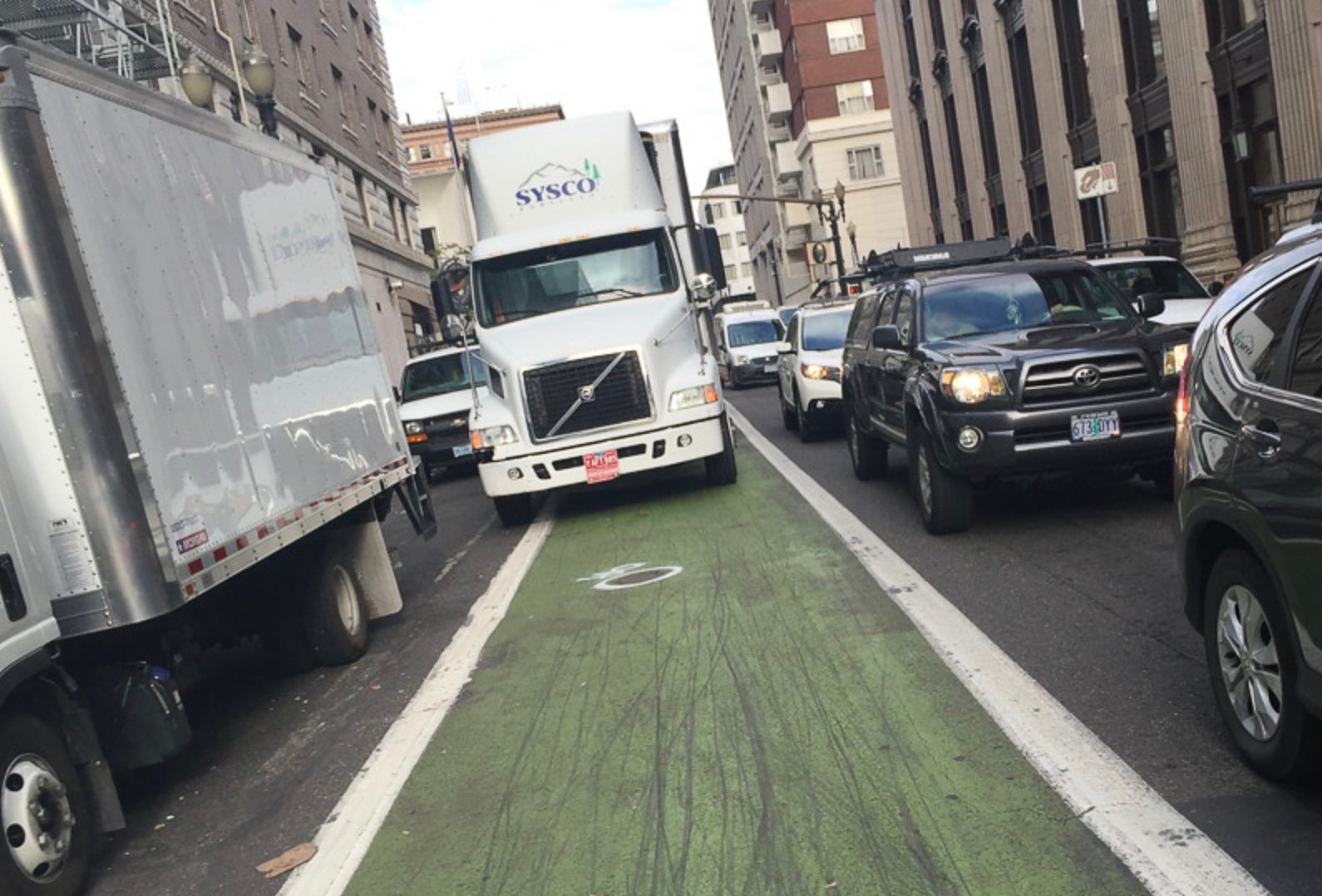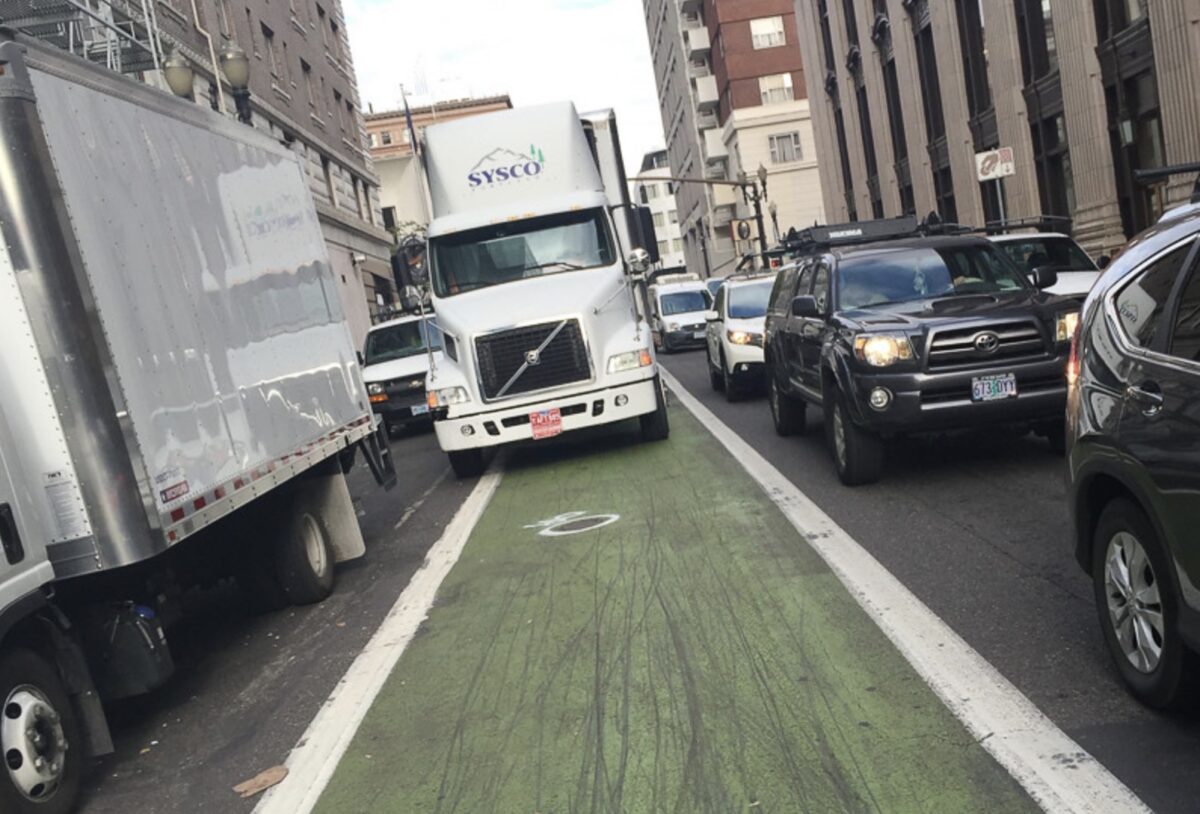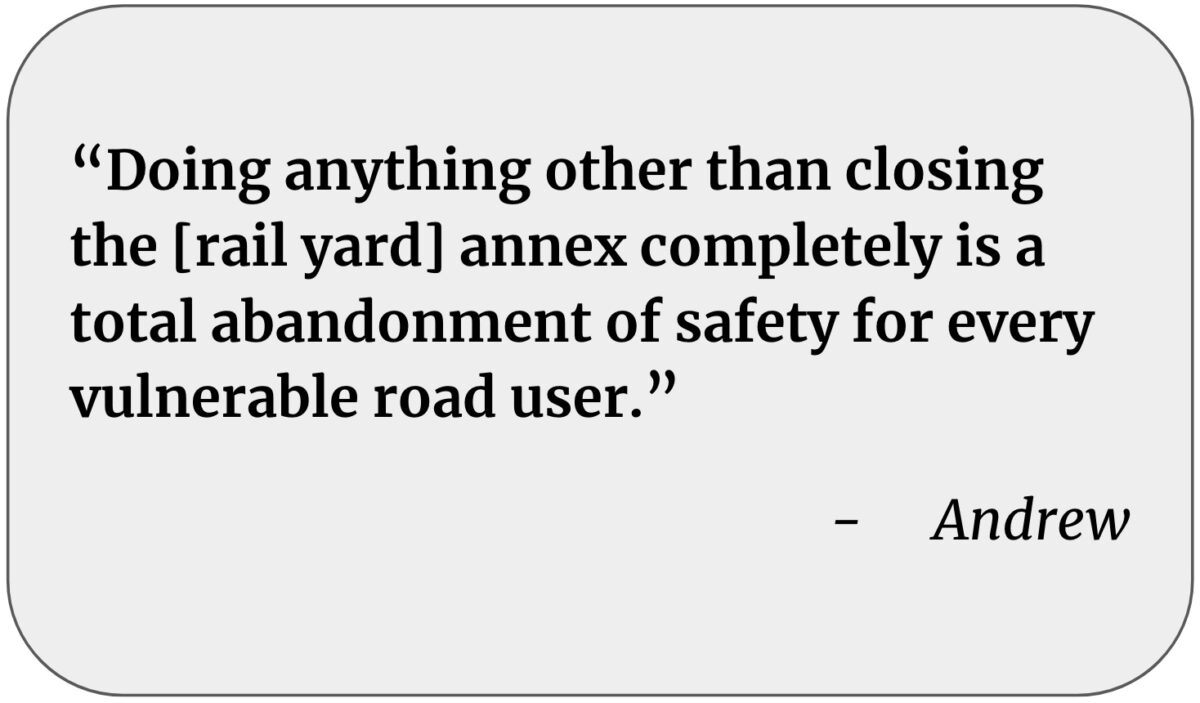After months of desert-dry weather, the tide has turned in Portland and we got a few big soakings in the last few weeks. We need the rain, but for people who bike around the city, wet weather comes with caveats.
There’s a lot you can do to keep relatively comfortable while biking in the rain. For the first time in all my years as an Oregonian I actually have the gear needed to comfortably exist outside in the winter (thanks to Portland-based Showers Pass for suiting me up, and stay tuned for a product review!). Good outerwear, shoes and bike fenders go a long way to make riding in the rain more palatable. But even the best rain outfit can’t solve every puddle problem.
Bikeway maintenance proves tricky enough for the city to keep up with throughout the whole year. In the fall and winter, however, conditions get really rough. Portland’s stunning autumn leaves give our streets a beautiful yellow and orange carpet, but when big fall rainstorms meet piles of leaves, things can get messy. The debris clogs up the storm drains, forming puddles on the sides of the street – often right where the bike lanes are.
The Portland Bureau of Transportation is in charge of cleaning storm drains, but with everything else the maintenance crew is tasked to do this important job can get pushed to the side. Therefore, PBOT relies on community volunteers to keep storm drains clean. They even have a program encouraging Portlanders to “adopt a storm drain” because while “PBOT crews work hard to keep more than 58,000 storm drains clear,” they can’t get to them all.
“If drains get clogged with fallen leaves and other debris, it can lead to dangerous ponding along city streets and intersections. That’s why we’re asking Portlanders to adopt storm drains in their neighborhoods to keep them free and clear of leaves,” a recent PBOT news release states.
I am happy to help out and volunteer to make our bike lanes usable, but it bears mentioning that people who drive cars are not expected to spend time and energy fixing the streets so they can drive on them.
There are several areas around the city that are known to pool up during winter. One place that’s gained notoriety this fall is the bike lane on the northeast side of the new carfree Blumenauer Bridge in the Lloyd District. Despite all the fancy new bike infrastructure adjacent to the bridge, there’s a spot in the bike lane that has been a magnet for water to pool up at quite impressive depths (leading some people to name it ‘Lake Blumenauer’).
It’s ironic to see this beautiful new bridge and infrastructure tarnished by something as seemingly small as leaves stuck in the storm drains. But it just shows what can happen when routine maintenance is overlooked.
So, what can we do? It may be worth asking why PBOT is in charge of all the storm drains when the Bureau of Environmental Services (BES) handles other storm runoff and has had the capacity to create a truly remarkable residential rain garden program. On a Pedalpalooza ride this summer, PBOT and BES staffers admitted the bureaus haven’t always been able to work together to fix problems like this.
Something’s gotta’ give. Bikeway maintenance is a persistent problem in Portland and a sure way to throw cold water on our cycling goals is to make people ride through puddles of it.
For more puddle content, don’t miss our video of Jonathan riding through the atmospheric river!

